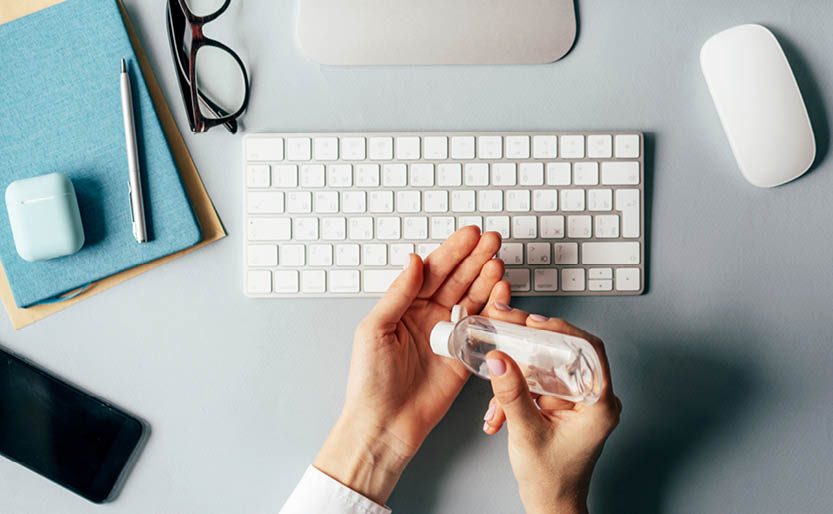Fórsa officials are seeking immediate engagement with local managements to prepare for a phased return to workplaces from 20th September.
This comes after new official guidance and safety protocols – issued yesterday (7th September) – confirmed that employers must liaise with worker representatives to ensure that changes to current arrangements “take place in a cautious and careful manner.”
The guidance was agreed by the Labour-Employer Economic Forum (LEEF) which includes high-level union, employer and Government representatives. It strongly advises the use of staggered arrangements like “non-fulltime attendance and flexible working hours.” It also reminds employers that workplace attendance is only advised for “specific business requirements.”
The accompanying workplace safety protocol outlines detailed measures required to ensure the safe operation of workplaces after 20th September. It says the best ways to prevent the spread of Covid-19 in a workplace “is to practice physical distancing, adopt proper hand hygiene, follow respiratory etiquette and increase ventilation.”
The workplace safety protocol gives specific guidance for staff working in ‘customer-facing’ roles.
It covers, in detail, a range of issues including identifying and isolating infectious individuals, ventilation, hand hygiene, continued social distancing, antigen testing, vaccinations, and workers at higher risk of Covid-19.
It says all workers should be required to complete a form confirming that they don’t have Covid or its symptoms, and are not self-isolation, prior to attending their workplace. And it advises employers to maintain physical distancing and avoid multi-occupancy of workspaces where possible.
And it gives specific guidance for staff working in ‘customer-facing’ roles. This includes advice on cleaning, the provision of sanitisers, face coverings, physical barriers and minimising physical interactions where possible.
The protocol highlights the importance of maximising ventilation in areas where people are in close contact. It says that, while new ventilation systems will be unnecessary in most place, improved ventilation will help increase the quantity of clean air and reduce the risk of exposure to the virus.
The protocol advises employers to consult with unions and worker safety representatives before introducing testing regimes.
It says enhanced ventilation is not a substitute for infection control measures like “hand-washing, surface cleaning, respiratory etiquette, physical distancing, mask wearing and the continued advice to work from home where possible.”
The protocol contains detailed advice on antigen testing, but says its introduction is “not an easy decision and requires careful consideration on a range of issues” including workplace relations. It advises employers to consult with unions and worker safety representatives before introducing testing regimes.
Similarly, it urges employers to provide advice and information on the vaccine programme, but says “workers will therefore make their own individual decisions in this regard.” Fórsa continues to urge members to get vaccinated if they haven’t already done so.
The protocol points to longstanding HSA regulations that require employers to offer staff vaccinations in certain circumstances, and to review their risk assessment if a worker refuses the offer.
The protocol points to longstanding HSA regulations that require employers to offer staff vaccinations in certain circumstances, and to review their risk assessment if a worker refuses the offer. “There may be certain circumstances where it is deemed that an unvaccinated worker is not safe to perform certain work tasks and in such circumstances the employer may have no option but to redeploy the worker to another work task,” it says.
It says workers in the ‘high-risk’ and ‘very high risk’ categories should continue to work at home if possible, and it gives specific advice on situations where they must be in the workplace
It says a medical risk assessment may be required for workers at very high risk, and that this may be done by an occupational health practitioner or a family doctor. Read the revised workplace safety protocol HERE.
Read about the official advice on the phased return to workplaces HERE.

